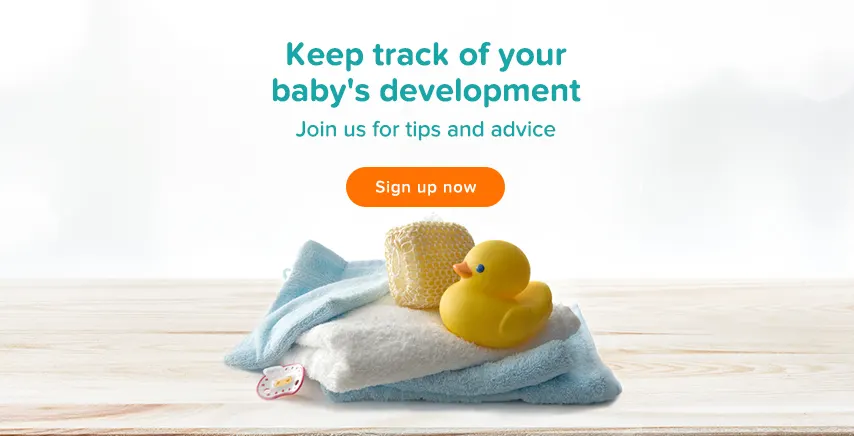Diapers: prevent leaks & catastrophes
Choose the right diaper size
Size is a huge part of finding the right diaper fit for your baby. As you know, babies come in all different shapes and sizes. And just like clothing, diapers fit every baby differently. At Pampers we measure thousands of babies' legs, bottoms and waists to try to get that right.
Pampers diaper sizes are organised by weight and since no two babies are the same shape you will notice some overlap between sizes. In most cases, your baby should be within the weight range for the size you are using. Remember that babies are all different shapes and sizes so it's OK if your baby is outside of the range but the diaper fits, you can use your own judgement. To review the weight ranges for each size: Pampers Premium Protection New Baby, Cruisers, Baby Dry and Baby Dry Pants.
Make sure that the diaper fits well
Ideally the diaper should look straight and equally proportioned on your baby, then check that:
The waist is snug with the diaper just under the tummy button.
The leg cuffs wrap neatly around your baby's legs and bottom. After putting on the diaper, run your fingers around these edges to make sure that the cuffs are pulled out. Cuffs being tucked inside is a frequent cause of leakage.
Stretch: The tapes should be fastened symmetrically on the coloured landing zone (waist band) Pampers diapers have flexible sides which adapt to the baby's shape and movement.
Why do diapers leak?
A diaper that is too small can be prone to leaking because there isn't enough absorbent material for the volume of pee. If your baby is reaching the upper end of the weight range for the diaper size she is currently wearing, it is probably time to move to the next size. Other signs that your baby's diaper is too small:
The diaper isn't covering her buttocks completely
Red marks around the waist or thighs and signs of chafing
The diaper is soaking through
Bigger diapers are capable of handling more waste as they have more absorbent material. But remember, diapers may also leak because they are too big. Make sure that the diaper fits snuggly around the waist and thighs by running your fingers around the edges and checking that there are no gaps and it fits comfortably. If you prefer to have a diaper that is loose-fitting you may experience leakage due to the gaps.
Avoid the Dreaded Diaper Catastrophe!
It's every parent's worst fear — poo all over your new baby's body, clothes, hair and probably also on you. Diaper catastrophes tend to happen at the back of the diaper where it is hard to create a seal. When it happens it is normal to blame the diaper, in many cases the blow-outs happen because of the wrong-sized diaper or diapers that are not put on well – which can often happen when changing a wriggly baby or when you are in a hurry. Unfortunately the reality is, they will happen, so always carry a spare change of clothes for your baby with you.

